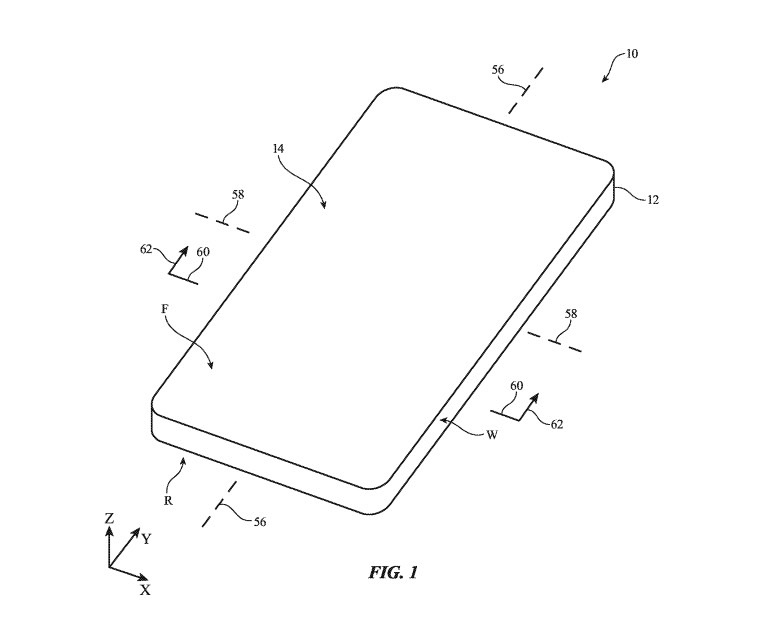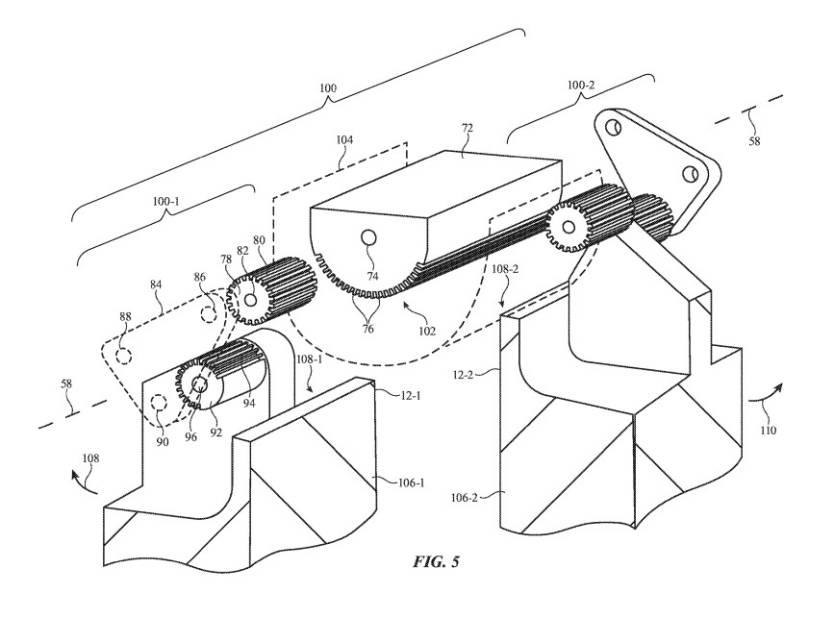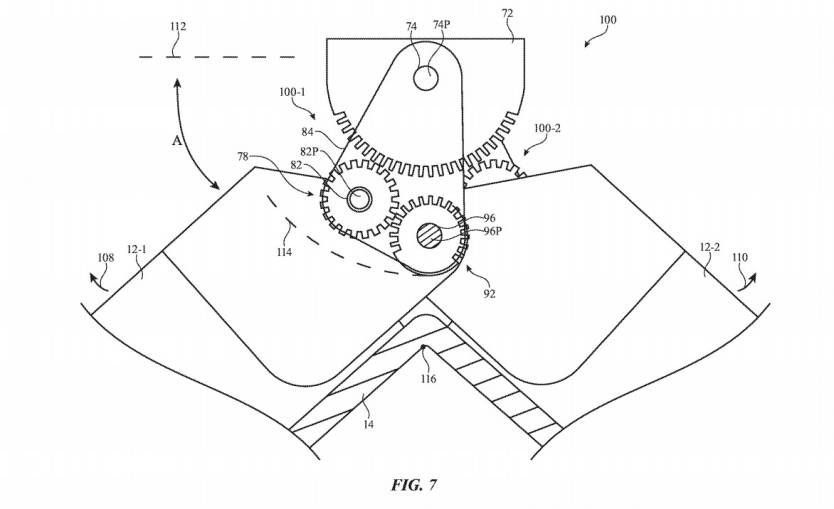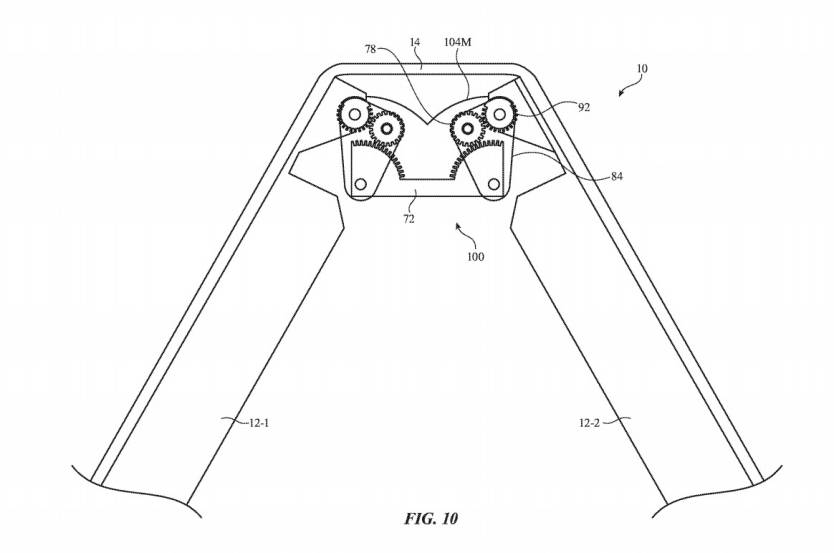Was Evidence Just Uncovered That Shows Apple Is Building A Foldable iPhone?
Apple is already working on foldable iPhone prototypes. At least, that's what several leaks have claimed over the past few months. The company is supposedly testing several foldable iPhone designs similar to devices from the competition, according to previous rumors. Apple has reportedly developed a dual-screen concept like the Surface Duo from Microsoft as well as true foldable concepts similar to Samsung's Galaxy Z Fold and the Galaxy Z Flip. It's unclear what design or designs Apple will end up moving forward with, or even if the company will someday release a foldable iPhone at all. Unlike Samsung and other Android vendors, Apple isn't expected to launch such a device anytime soon.
Whether or not a foldable iPhone ever materializes, the company is definitely working on the key components that a foldable phone would need. Several rumors said that Apple has been testing foldable displays and enclosures. Now, a new discovery also shows that Apple has been working on its own hinge mechanism that would allow the screen to fold safely without being damaged.
The first Samsung foldable commercial design debuted with a few major design issues. The display featured an external layer that looked like a removable protective screen. Users peeled it off and destroyed the sensitive plastic screen underneath. On top of that, the hinge mechanism allowed debris to enter the handset and cause major failures.

From the patent: "In the example of FIG. 1, device 10 has front face F with a rectangular outline, opposing rear face R, and sidewall portions (sidewalls) W."
Samsung fixed these issues, but these types of accidents could explain Apple's reluctance to rush a foldable iPhone to market. The company is actively studying technology for devices with foldable screens, as shown in the new Folding electronic devices with geared hinges patent awarded to Apple earlier this week. Found by AppleInsider, the patent was filed on April 15th, 2020. It describes hinge technology that would allow the screen to fold and unfold while providing support to the section of the display that sits directly on top of the hinge.
The hinge system uses various gears to move each half of the handset relative to the hinge and to the other half. The gear mechanisms would also move components that support the display region that folds, in order to ensure that the screen is protected.

From the patent: "Hinge 100 allows portions 12-1 and 12-2 and corresponding halves of a supported flexible display to rotate relative to each other. In the illustrative configuration of FIG. 5, device 10 is folded and portions 12-1 and 12-2 are folded and facing each other. When desired to unfold device 10, portion 12-1 may be moved in direction 108 while portion 12-2 is moved correspondingly in direction 110."
The hinge mechanism allows each half of the device to move independently of the other, so the device might work in different positions rather than just completely folded or unfolded. When the device is completely unfolded, the surfaces beneath the display would "form a continuous planar support surface" for the screen.
The hinge tech that Apple proposes would also allow control over the speed at which the device is folded and unfolded, thus helping to prevent accidental damage.

From the patent: "In the configuration of FIG. 7, housing portion 12-1 has been moved in direction 108 and housing portion 12-2 has been moved in direction 110 to begin to unfold device 10."
The hinge mechanism described in the documentation would work with both internal and external displays, indicating that Apple is considering several different foldable iPhone designs. The hinge mechanism could also be used on other devices, not just smartphones. Apple suggests that versions of the hinge could support foldable device designs we've never seen before. "If desired, [the device] may support both inward and outward folding," Apple says. Current foldable smartphones fold either inwards or outwards.

From the patent: "FIG. 10 is a cross-sectional side view of hinge 100 in an illustrative double hinge point configuration, showing how display 14 may be mounted on the outer surfaces of housing portions 12-1 and 12-2. In the illustrative configuration of FIG. 10, device 10 is an outwardly folding device in which first and second halves of display 14 face away from each other when device 10 is folded."
As is the case with other patents, this documentation does not prove Apple's intention of ever using these hinge technologies in commercial devices. But it does show that Apple is studying foldable designs and developing ideas to make a product like a foldable iPhone possible.
